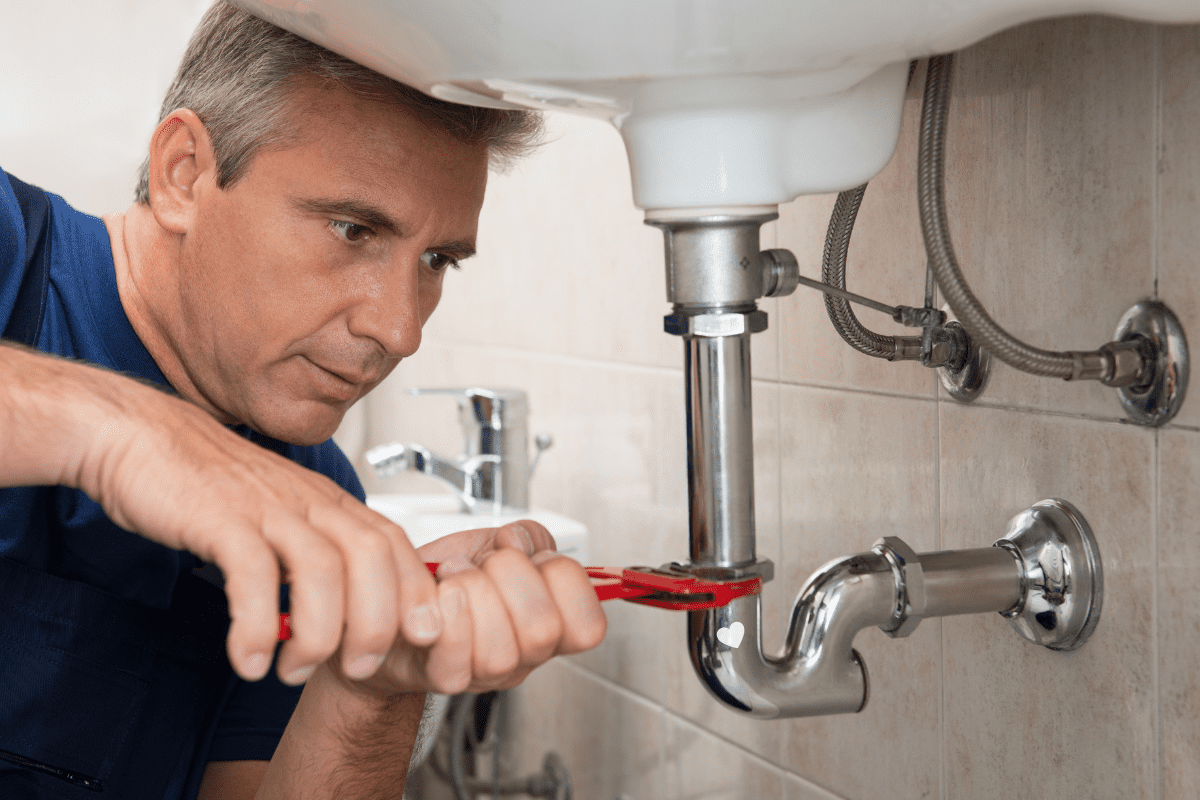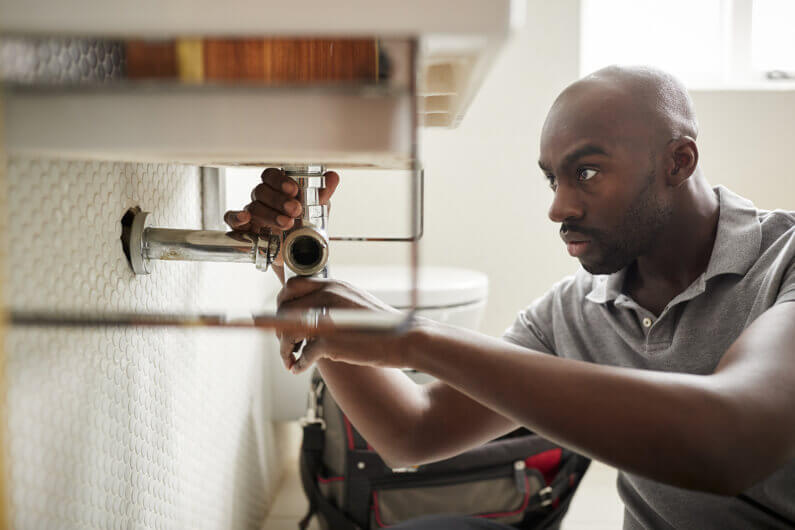Reputable Plumber Alabaster AL for All Your Emergency Needs
Reputable Plumber Alabaster AL for All Your Emergency Needs
Blog Article
A Detailed Guide to Efficient Hot Water Heater Installation for Ideal Performance
Starting the task of mounting a hot water heater is an endeavor that requires accuracy and an organized technique for accomplishing ideal efficiency. The process begins with the crucial decision of selecting the ideal heater tailored to the particular requirements of your house, taking into consideration elements such as power, size, and type resource. As soon as chosen, preparing the installation area to satisfy safety criteria is paramount. The journey doesn't finish below. As you proceed, the complexities of attaching supply of water lines and establishing up dependable electric or gas connections wait for, encouraging understandings right into making certain performance and integrity.
Picking the Right Hot Water Heater

Following, take into consideration the dimension and capability of the water heating unit. It's vital to evaluate your house's warm water demands, which can vary based on the variety of residents and their usage patterns. A device that's too small might cause inadequate warm water, while an extra-large version could result in unnecessary power usage.
Effectiveness rankings also play a pivotal role in choice. Try to find hot water heater with high Energy Factor (EF) scores, suggesting superior performance and lowered power use. Tankless versions, though normally more expensive in advance, deal considerable energy financial savings with time because of their on-demand home heating capacities.
Preparing the Setup Location
Prior to setting up a new hot water heater, precise prep work of the installation location is important. This makes certain a smooth setup procedure and helps protect against future complications (Plumber Alabaster AL). Begin by choosing an appropriate location that follows neighborhood building ordinance and security criteria. The area should be completely dry, well-ventilated, and available for maintenance. It's crucial to measure the space meticulously to suit the hot water heater's dimensions, ensuring adequate clearance around the device for reliable operation and servicing.
Following, remove any kind of particles, dirt, or blockages from the website to create a tidy setting. Examine the floor for stability, as the water heater will need a solid, level surface area to operate successfully. If required, mount a drip frying pan underneath the device to catch potential leakages or spills, protecting against water damage to the surrounding area. In regions prone to seismic activity, consider setting up seismic straps to secure the heater strongly in position.
In addition, guarantee that all needed tools and materials are on hand prior to commencing the setup. This includes things such as wrenches, screwdrivers, a degree, and any type of extra hardware required for protecting the heating unit and mounting. A well-prepared setup area sets the foundation for an effective hot water heater arrangement, enhancing performance and safety.
Connecting Water Lines
When attaching water supply lines to your freshly installed hot water heater, it is critical to make sure that all links are protected and leak-free to maintain efficient operation and prevent water damage. Begin by determining the chilly and hot water system lines. The cold water inlet is typically marked with a blue tag or a "C", while the warm water outlet is noted with a red tag or an "H".
Usage adaptable water heating system adapters to promote a less complicated installment process. Prior to affixing the connectors, put a plumbing technician's tape around the threaded ends of the water heater's inlet and outlet pipes.
Once links remain in location, gradually activate the primary water system valve. Evaluate each link for leaks by aesthetically checking and really feeling for wetness. Tighten links as needed, and make certain the pressure safety valve is correctly installed, safeguarding versus excessive pressure accumulation.
Establishing Up Electrical or Gas Connections
Appropriately setting up the electric or gas connections for your water heater is a critical action to ensure safe and effective procedure. For electric water heating systems, begin by validating that the electric circuit is compatible with the heating unit's voltage and amperage demands.
For gas water heating units, security is critical. Connect the gas line to the water heating system utilizing an adaptable gas connector, ensuring it is appropriately threaded and secured with pipe joint substance or Teflon tape ideal for gas links.
When links are made, her comment is here check for any kind of potential leaks. For gas lines, apply a soapy water option to the joints; bubbles indicate a leakage. For electrical links, verify that all circuitry is safe and secure and appropriately protected, keeping compliance with neighborhood electrical codes.
Readjusting and evaluating for Effectiveness
With the electric and gas connections firmly in position, the next action is evaluating the operational effectiveness of your water heating unit. Begin by very carefully switching on the water supply and making certain there are no leaks at any one of the joints or valves. As soon as confirmed, proceed to load the storage tank, focusing on the pressure and temperature level setups. It is suggested to establish the thermostat to a recommended temperature of around 120 ° F(49 ° C) to stabilize power efficiency and comfort.
Following, do a complete examination to ensure the home heating elements or burner are working appropriately. For electric heating systems, make use of a multimeter to validate if the aspects are attracting the suitable current. In gas designs, observe the burner fire; it needs to be constant and blue, showing reliable combustion.
Adjust the setups as required to eliminate inadequacies. Consider executing insulation measures, such as adding a water heating unit covering, to even more enhance performance by lessening warm loss. Additionally, examine the anode rod's condition, as a scrubby rod can lower efficiency and cause container corrosion.
Verdict
Effective water heating system installment is important for making sure ideal performance and energy savings. Firmly connecting water supply lines and carefully setting up electrical or gas connections decrease possible concerns.

Properly setting up the electric or gas connections for your water heating Continued unit is a critical action to make certain reliable and risk-free operation. For electrical water heating units, begin by verifying that the electric circuit is suitable with the heating unit's voltage and amperage needs. Attach the gas line to the water heating unit utilizing an adaptable gas connector, guaranteeing it is correctly threaded and sealed with pipe joint substance or Teflon tape appropriate for gas links.
Report this page